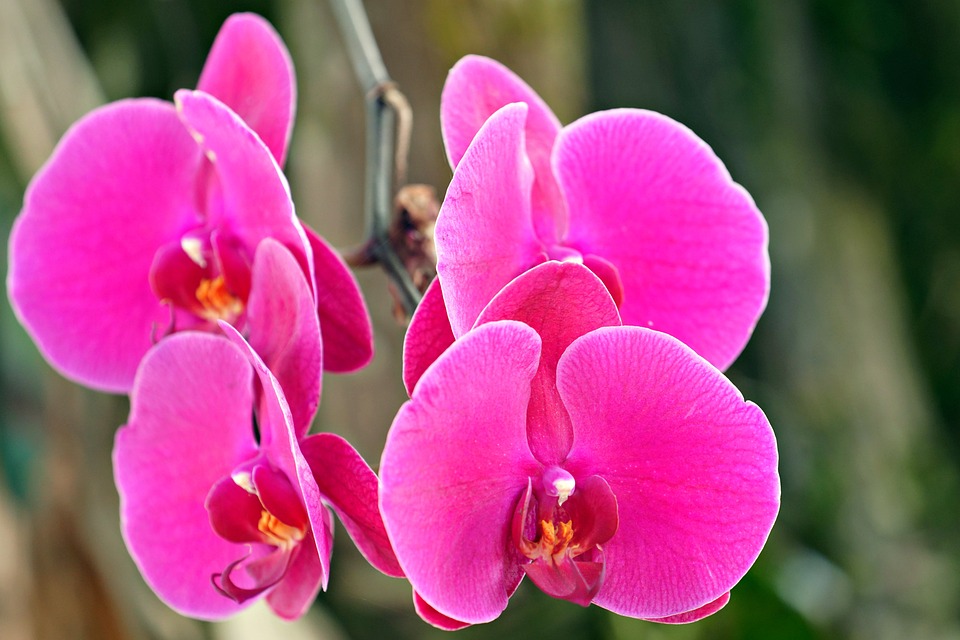The Roaring Twenties, also known as the Jazz Age, was a period of cultural and artistic renaissance that emerged in the aftermath of World War I. It was a time of great social upheaval, economic prosperity, and rapid technological advancements that significantly impacted the way people lived, worked, and entertained themselves. From the bold and rebellious fashion of flappers to the infectious rhythms of jazz music, the 1920s was a decade that pushed boundaries and challenged norms in every aspect of life.
Historical Context
The Roaring Twenties was a time of significant change in America and around the world. Following the end of World War I, the country experienced a period of economic growth and prosperity that allowed for increased consumerism and leisure activities. This newfound wealth led to a shift in social attitudes, with many young people rejecting traditional values and embracing a more liberated lifestyle.
One of the hallmarks of the 1920s was the rise of the flapper. These young, independent women rejected the strict societal norms of the past and embraced a more carefree and adventurous way of life. They wore short skirts, bobbed their hair, smoked cigarettes, and danced the night away in jazz clubs. The flapper represented a break from the past and a symbol of female empowerment in a male-dominated society.
Flapper Fashion
Flapper fashion was a stark departure from the conservative styles of the past. Women ditched their corsets and long skirts in favor of loose-fitting dresses that allowed for greater freedom of movement. They accessorized with cloche hats, long strands of pearls, and heeled Mary Jane shoes. The overall look was youthful, modern, and daring – a reflection of the changing attitudes of the time.
Key elements of flapper fashion included:
– Short bobbed hair
– Drop-waist dresses
– Fringe and beading
– Art Deco motifs
– Bold makeup
Jazz Music
Jazz music was another defining feature of the Roaring Twenties. This uniquely American art form originated in the African-American communities of New Orleans and quickly spread to other cities across the country. Jazz was a fusion of African rhythms, blues, and ragtime, and it captured the energy and vibrancy of the era like nothing else.
Some of the most influential jazz musicians of the 1920s included Louis Armstrong, Duke Ellington, and Bessie Smith. These artists pushed the boundaries of musical expression and created a sound that was distinctly modern and innovative. Jazz music was the soundtrack of the Roaring Twenties, playing in speakeasies, dance halls, and concert venues across the country.
Current State
While the Roaring Twenties may be a bygone era, its influence can still be felt in modern culture. The legacy of the flapper lives on in the fashion world, with designers drawing inspiration from the bold and playful styles of the past. Jazz music continues to be a vibrant and evolving art form, with new generations of musicians pushing the boundaries of what is possible.
In recent years, there has been a resurgence of interest in all things 1920s. From Gatsby-themed parties to vintage fashion collections, the spirit of the Roaring Twenties lives on in popular culture. This renewed fascination with the past is a testament to the enduring appeal of a decade that was marked by innovation, creativity, and rebellion.
Future Predictions
Looking ahead, it is clear that the influence of the Roaring Twenties will continue to shape the cultural landscape for years to come. As society becomes more interconnected and globalized, the spirit of innovation and experimentation that defined the 1920s will be more important than ever. Artists, musicians, and designers will continue to draw inspiration from this dynamic era, creating new trends and pushing the boundaries of creativity.
One exciting development is the incorporation of technology into the fashion and music industries. Virtual reality, augmented reality, and artificial intelligence are all being used to create immersive experiences that bring the creativity and energy of the Roaring Twenties to life in new and innovative ways. These cutting-edge technologies promise to revolutionize how we engage with the past and imagine the future.
Conclusion
The Roaring Twenties was a time of incredible change and innovation that continues to inspire and captivate us today. From the bold fashion of the flapper to the infectious rhythms of jazz music, the 1920s was a decade that pushed boundaries and challenged norms in every aspect of life. While the era may be over, its influence lives on in our culture, shaping the way we think, create, and imagine the world around us.
As we look to the future, it is important to remember the spirit of the Roaring Twenties – a spirit of innovation, creativity, and rebellion that continues to resonate today. By embracing the lessons of the past and using them to inform our present and future, we can create a world that is vibrant, dynamic, and ever-evolving. Thank you for joining us on this journey through the 1920s, and we invite you to explore further resources to delve deeper into this exciting era.









